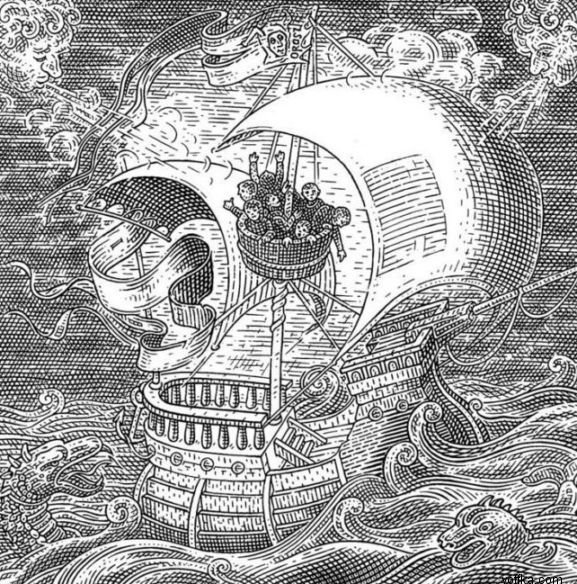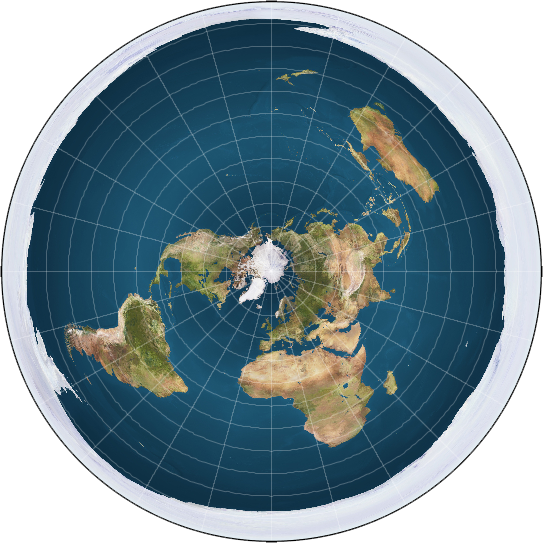Famous Liars
Most people don't want to be famous for lying, but the following people will be, for better or worse, remembered for the lies they were accused of telling.
James Frey: After his autobiography A Million Little Pieces became a bestseller thanks to Oprah Winfrey selecting it for her book club, it was discovered that important parts of the book had been fabricated.
After much controversy, Frey appeared on the Oprah Winfrey Show for the second time on January 26, 2006 and claimed that the "demons" that had driven him to abuse alcohol and drugs were the same ones that had led him to invent events in his autobiography. Oprah told him: "I feel that you betrayed millions of readers."
Stephen Glass: While working as a reporter in the late 1990s for The New Republic, it was discovered that Glass had been making up facts in his stories. Glass had gone so far as to create fake websites and sources.
A movie about Glass called Shattered Glass came out in 2003, starring Hayden Christensen as Glass. The tagline for the movie was: "He'd do anything to get a great story."
Jayson Blair: In 2003, the New York Times reporter was caught plagiarizing and making up parts of his stories. He resigned and published a book in 2004 called Burning Down My Masters' House: My Life at the New York Times. In the book, he blames his behavior on a past battle with bipolar disorder and drug problems.
Janet Cooke: Washington Post journalist Cooke won a Pulitzer Prize for a story called 'Jimmy's World," about an 8-year-old heroin addict. The only trouble was that she had created the entire story out of thin air. Once it was discovered, Cooke resigned and returned the Pulitzer. She has since sold the movie rights to her story.
Like Glass and Blair, Cooke lied about her schooling and previous experience in order to get the job. She falsely claimed to have a degree from Vassar College and to have studied at the Sorbonne in Paris.
Jack Kelley: In 2004, it was exposed that USA Today correspondent and Pulitzer Prize nominee Jack Kelley had been fabricating stories and sources. He denied the charges and resigned.
Bill Clinton: The 42nd President of the United States. Lied under oath about his relationship with Monica Lewinsky and subsequently, in 1998, became the second president in U.S. history (the first was Andrew Johnson) to be impeached by the House of Representatives.
Richard Nixon: The 37th President of the United States. After it came to light that he had been involved in illegal activities, including wiretapping and harassment of political opponents in the Watergate scandal, Nixon lied and tried to cover up the misdeeds. The truth eventually came to light and he resigned before he could be impeached.
Baron Münchhausen : A German baron who served in the military and returned home with tall tales about his adventures. He reportedly told people that he'd travelled to the Moon, ridden cannonballs, and escaped from a swamp by pulling himself out by his own hair.
His supposed adventures became the subject of many books. Over the years, the tales of Munchausen have become popular adventure stories told to children. In 1998, filmmaker Terry Gilliam adapted some of the stories into a movie called The Adventures of Baron Munchausen.
Two psychological disorders are named after him. Munchausen syndrome is a disorder in which someone feigns illness in order to get attention. Munchausen syndrome by proxy is a disorder in which a caregiver (usually the mother) fakes or induces illness in his or her child or in another person in his or her care in order to gain attention and sympathy.
http://www.healthdiaries.com/famous-liars.htm
But then I realised that these are all quite simple lies, they don't involve a lot of different stages of lying... or if they do theres no real record of them unlike the weapons of mass destruction lies of which several pieces of information have been leaked:
http://whatreallyhappened.com/WRHARTICLES/WMDlies.html
This documents the series of lies told and chronicles the events leading to the war in Iraq quite nicely, it would be good to plaugerise from to provide content for the web of lies I'm wanting to work with.




























































